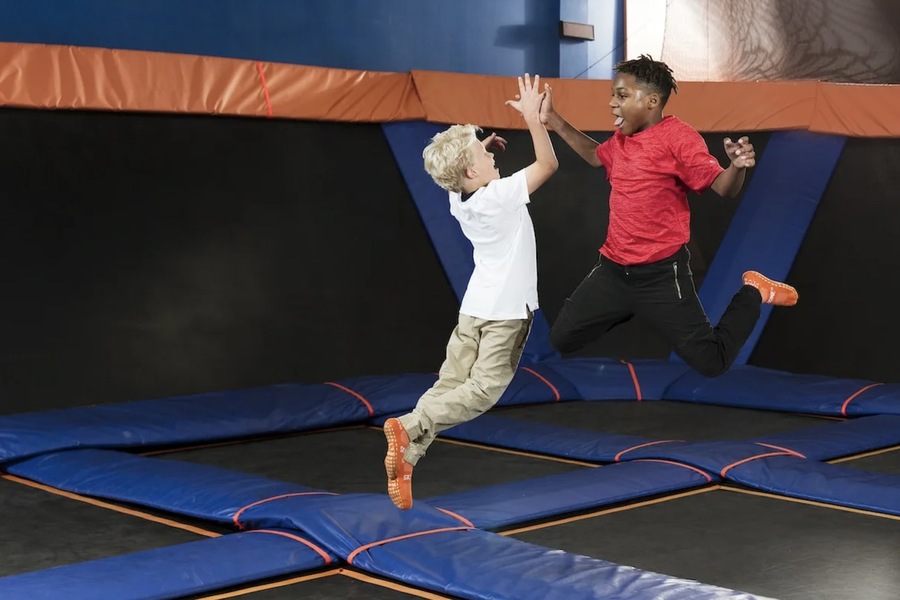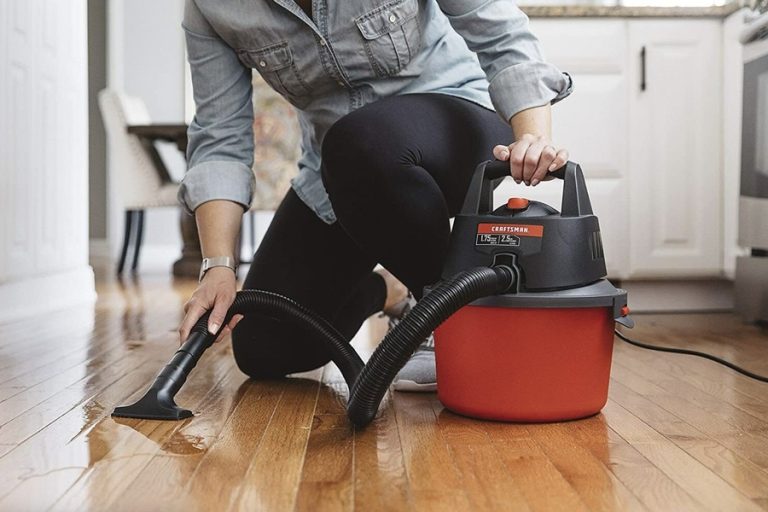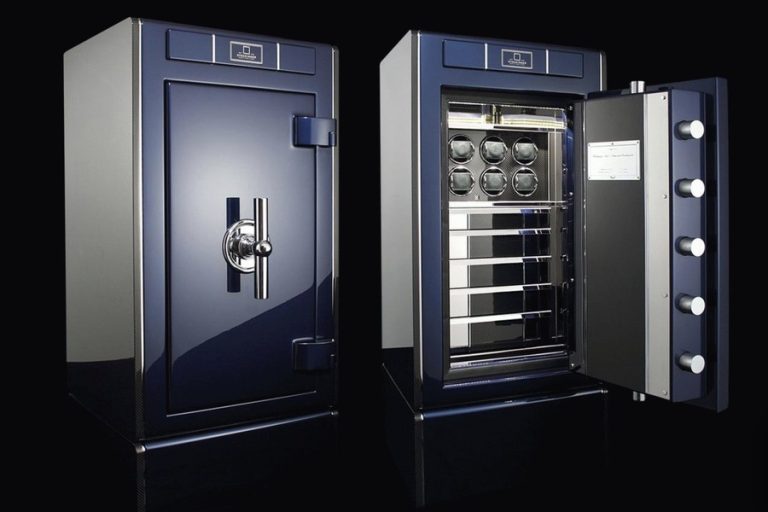As summer temperatures rise to unbearable levels, the quest for indoor activities near me becomes increasingly essential for families seeking to keep their children entertained and physically active. The surge in demand for safe and engaging indoor spaces has resulted in the proliferation of soft play areas and trampoline parks, two of the most prominent solutions to keeping kids active during the year’s hottest months. While both recreational spaces have gained significant popularity, they offer more than just an escape from the heat—they contribute meaningfully to physical development, socialization, and emotional well-being. This academic exploration seeks to understand how these indoor play environments address the needs of modern families and provide insights into their growing importance in the recreational industry.
The Growing Need for Indoor Activities
As urbanization accelerates and climates become more extreme, particularly in regions where summer temperatures can exceed 40C (104F), the need for accessible indoor activities is becoming more urgent. The emergence of indoor play areas reflects a trend and a shift in how society prioritizes childhood development. According to the National Recreation and Park Association (NRPA), there is a marked increase in demand for indoor recreation spaces, with a 35% rise in the number of indoor play areas across major metropolitan regions over the last decade. This trend is supported by findings from the American Public Health Association (APHA), which suggests that climate change and extreme weather conditions have significantly influenced families’ choices in recreational activities.
The search for “indoor activities near me” has consequently surged as parents look for alternatives to outdoor play that offer safety and stimulation. In this regard, trampoline parks and soft play spaces have grown in popularity as ways to satisfy kids’ demand for exercise while fostering their social and cognitive growth.
Soft Play Areas: A Secure and Inspiring Setting
Because of their emphasis on safety and sensory development, soft play areas—which are frequently created with cushioned structures and vibrant, interactive elements—have long been preferred. With a variety of climbing frames, tunnels, ball pits, and slides, these areas offer a vibrant and engaging setting where kids may freely explore, develop, and learn. For toddlers and younger kids, soft play spaces provide the perfect setting for improving motor skills, balance, and spatial awareness while having fun in a low-risk, cushioned setting.
A study published in Early Childhood Research Quarterly (2023) found that children who engage in structured play within soft play environments show improved cognitive development, particularly in problem-solving, creative thinking, and memory retention. The controlled environment also provides a space for socialization as children learn to cooperate, share, and interact with peers. The combination of physical movement and social engagement makes soft play areas a multifaceted tool in early childhood development.
Furthermore, soft play areas have grown in popularity not only because they are safe but also because they are increasingly designed to incorporate educational themes. Interactive elements that promote learning, such as sensory stations, color recognition, and basic arithmetic games, have become commonplace, blending play with early education. This dual benefit of play and learning has increased soft play spaces within public and private recreational facilities, making them a staple in many urban centers.

Trampoline Parks: High-Energy Fitness with Fun
While soft play areas cater predominantly to younger children, trampoline parks offer a more energetic experience that appeals to a broader age range. These parks consist of large, interconnected trampolines, providing ample space for children to jump, bounce, and engage in more physically demanding activities. The appeal of trampoline parks lies in their ability to combine fun with fitness. Jumping on trampolines has been shown to provide a full-body workout, improving cardiovascular health, muscle strength, and balance.
The American Council on Exercise (ACE) published a report in 2022 highlighting the significant health benefits of trampoline-based exercises. An hour of trampoline jumping can burn up to 1,000 calories and offer similar cardiovascular benefits to running or swimming. Furthermore, because trampolines exert minimal impact on joints, trampoline activities are often recommended for children who need an engaging way to stay active without the risk of injury associated with more intense sports.
Additionally, trampoline parks offer a social component, with many parks featuring competitive games, group activities, and events that encourage teamwork and interaction among children and even adults. This aspect of trampoline parks aligns with research from the Journal of Pediatric Exercise Science (2021), which found that group physical activities, such as those in trampoline parks, are especially beneficial for children’s emotional health, fostering a sense of community and enhancing self-esteem.

The Intersection of Fun and Development: A New Model for Play
Both soft play areas and trampoline parks provide more than just an escape from the heat—they offer an intersection of physical, social, and cognitive benefits that traditional outdoor play spaces may not always deliver. With the growing concern over childhood obesity and sedentary behavior, these indoor activity hubs provide a vital solution for families seeking to keep their children active during summer.
The development of these indoor spaces is also indicative of broader trends in the recreational industry. According to the International Association of Amusement Parks and Attractions (IAAPA), the global indoor amusement park industry, which includes soft play areas and trampoline parks, has seen a consistent increase in revenue, with the market expected to surpass $5 billion by 2025. This reflects a growing recognition of the importance of indoor physical activity as a key component of child development.
Conclusion
The rise of indoor recreational spaces, particularly soft play areas and trampoline parks, highlights an important shift in how families engage with play during extreme weather conditions. These spaces provide a refuge from the heat and contribute significantly to children’s physical, cognitive, and social development. As climate change intensifies and cities become increasingly urbanized, the demand for safe, engaging, and multifaceted indoor activities will only grow. For parents searching for “indoor activities near me,” soft play areas and trampoline parks offer entertainment and essential developmental benefits, making them invaluable resources for families navigating the summer months.

Skier, shiba-inu lover, band member, Mad Men fan and independent Art Director. Operating at the fulcrum of design and mathematics to craft experiences that go beyond design. I prefer clear logic to decoration.









